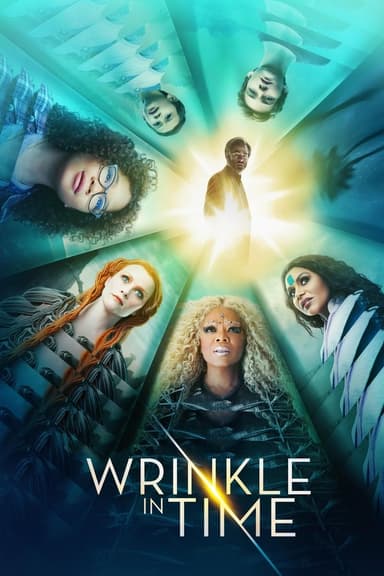
Mary and The Witch's Flower
2017 • Adventure, Animation, Family, Fantasy • PG
Mary Smith, a young girl who lives with her great-aunt in the countryside, follows a mysterious cat into the nearby forest where she finds a strange flower and an old broom, none of which is as ordinary as it seems.
Runtime: 1h 43m
Why you should read the novel
If you enjoyed the magical adventures seen in Mary and The Witch’s Flower, reading Mary Stewart’s novel The Little Broomstick offers a deeper and more nuanced experience. The prose allows for a richer inner world of Mary, providing insights into her thoughts, feelings, and motivations that the film can only hint at visually. Stewart’s lush descriptions of the English countryside and enchanting magic school draw you further into the story, inviting you to imagine each scene vividly.
Stewart’s book presents a slower, more thoughtful pace, allowing readers to savor the gradual build-up of mystery and discovery. This approach lets you linger longer in the magical world and its many intriguing details—something not always possible with a film’s limited runtime. Through the pages, you’ll witness Mary’s development and growth with a level of depth that’s rewarding and immersive.
Furthermore, The Little Broomstick enriches the magic with its quaint British charm and subtle, underlying themes of courage, independence, and the importance of making difficult choices. Exploring these themes on the page, with Stewart’s gentle yet powerful narrative, will enhance your appreciation for the classic story and its timeless appeal. Choose the novel for a truly enchanting, original journey.
Adaptation differences
One of the main differences between the movie and Mary Stewart’s The Little Broomstick lies in the tone and pacing of the story. The novel is more subdued and reflective, emphasizing Mary’s feelings of isolation and her gradual, hesitant immersion into the magical world. In contrast, the film immediately plunges viewers into colorful action and magical spectacle, giving it a faster, more dynamic pace suited for modern audiences.
The characters and their relationships are altered in the adaptation. While the book focuses primarily on Mary and her solitary adventure, the film introduces new prominent characters, such as Peter, who becomes a significant companion and motivator for Mary throughout her journey. The addition of Peter and the expanded roles of other supporting characters help the movie reach a wider emotional range and offer more dramatic interactions.
Endor College, the magical institution at the center of both narratives, differs in its portrayal. In the novel, Endor is depicted with restraint, its wonders and dangers hinted at with subtlety. The film reimagines the college as a visually dazzling place full of imaginative creatures and elaborate magical technology, updating the setting to appeal to contemporary tastes and the expectations shaped by other modern fantasy works.
Finally, the film’s plot has been significantly expanded and altered, particularly in its climax and resolution. The movie introduces new conflicts and heightened stakes, including elaborate subplots about magical experimentation and transformation that are not present in the original book. These changes create a more action-oriented, morally clear ending, whereas Stewart’s novel leaves readers with lingering questions about magic, responsibility, and the importance of making one’s own way in the world.
Mary and The Witch's Flower inspired from
The Little Broomstick
by Mary Stewart










